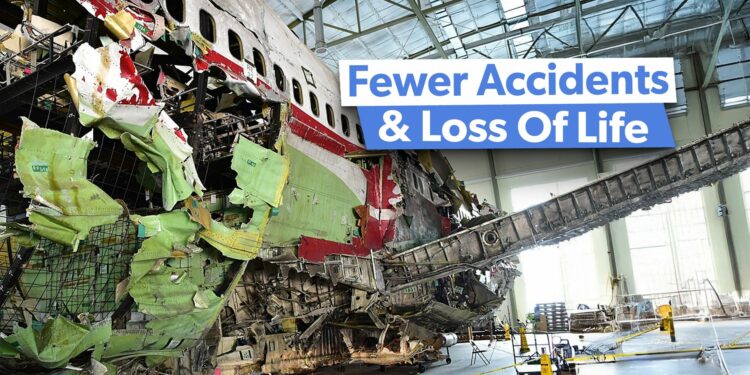As a result of the mid-air collision, the Boeing 727 crashed into a residential neighborhood of San Diego, killing all 135 passengers and crew members onboard, as well as seven on the ground. The two pilots onboard the Cessna aircraft were also killed.
8
Pan Am Flight 759
145 fatalities
Pan Am Flight 759 was a regularly scheduled flight from Miami International Airport (MIA) to San Diego International Airport (SAN), with stopovers en route at both Louis Armstrong New Orleans International Airport (MSY) and Las Vegas Harry Reid International Airport (LAS).
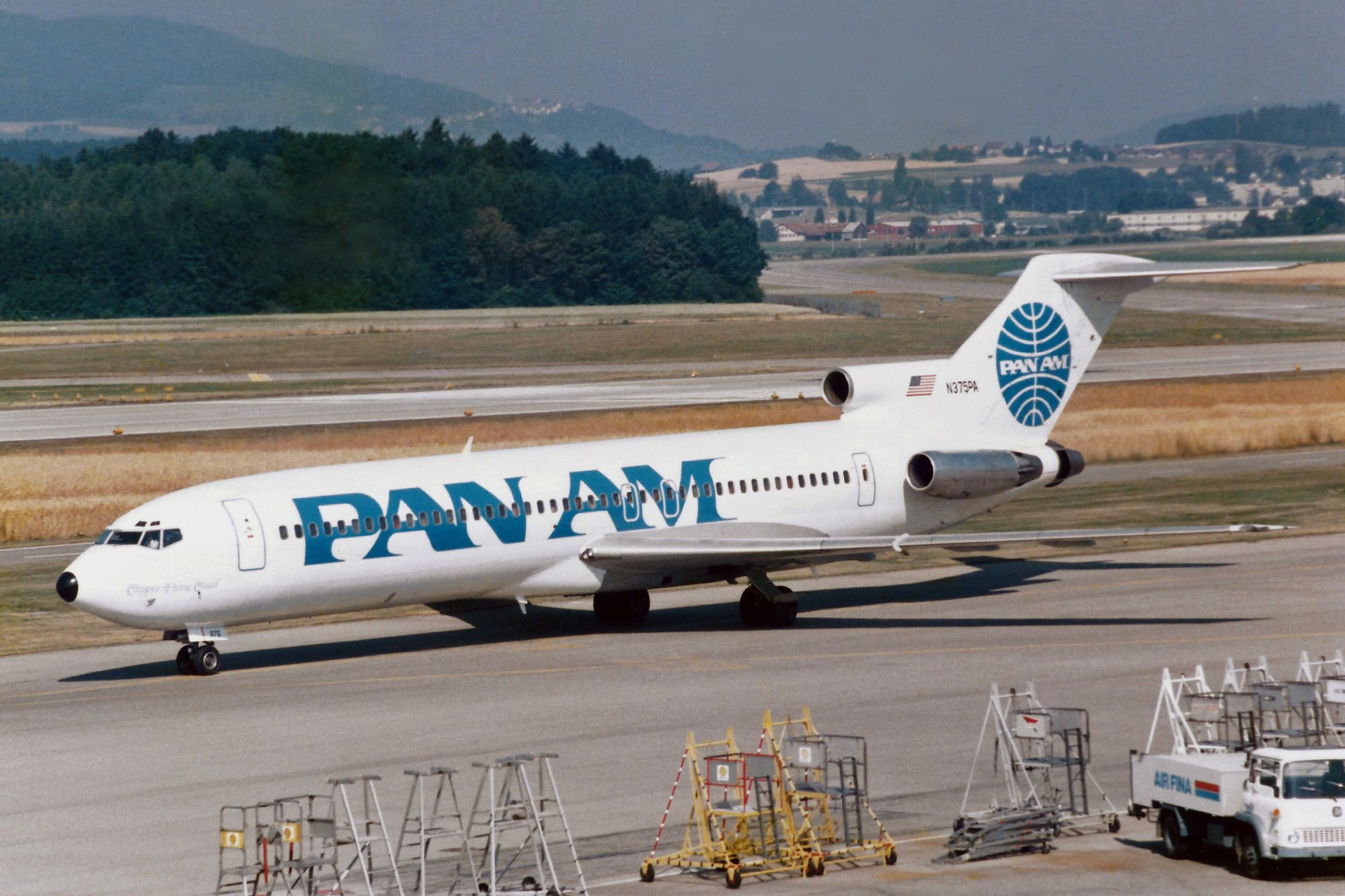
On take-off from New Orleans, the Boeing 727 encountered a microburst, forcing it down into a residential suburb near the end of the runway. The aircraft was destroyed on impact, killing all 145 people onboard, as well as eight on the ground. At the time, the New York Times reported,
“According to witnesses, a wind shear alert was mentioned on New Orleans Airport radio frequencies on July 9, before Flight 759 took off. But the flight crew had been briefed with a recorded weather advisory that was two hours old, though airport routine is for hourly recordings of weather information. There were no procedures at the airport for advising flight crews that updated weather announcements were available.”
As a result of this incident and Delta Air Lines Flight 191 just three years later, the Federal Aviation Administration (FAA) mandated that airports and aircraft be fitted with windsheer detection systems.
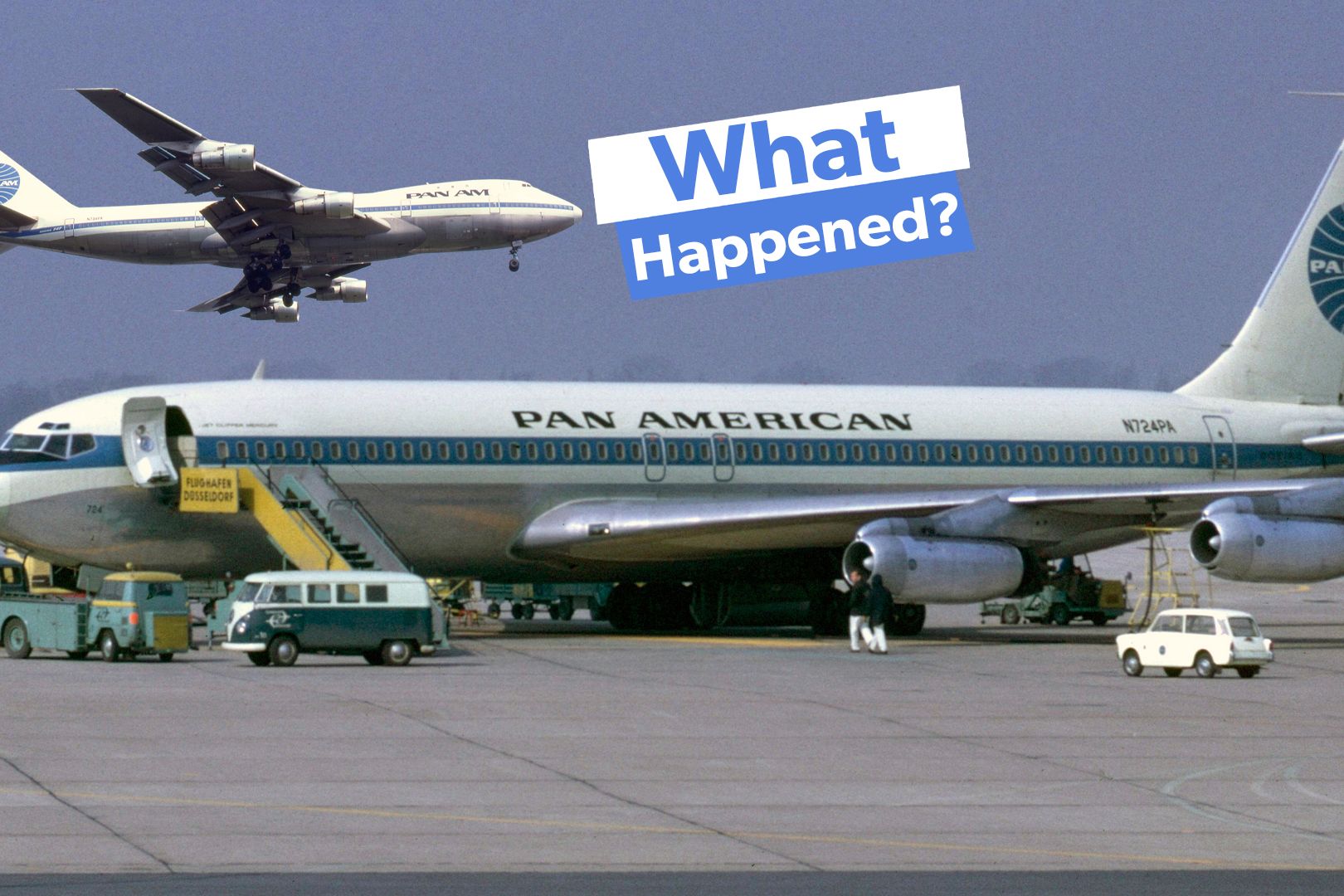
You might also like:
What Happened To Pan Am? Examining The Pioneer Airline’s Fall From Grace
The global oil crisis and a terrorist attack on one of flights flights were some of the biggest reasons behind its downfall.
7
Northwest Airlines Flight 255
154 fatalities
Northwest Airlines Flight 255 began at MBS International Airport (MBS) in Michigan and was bound for John Wayne Airport (SNA) in California, with intermediate stops at both Detroit Wayne County Metropolitan Airport (DTW) and Phoenix Sky Harbor International Airport (PHX).
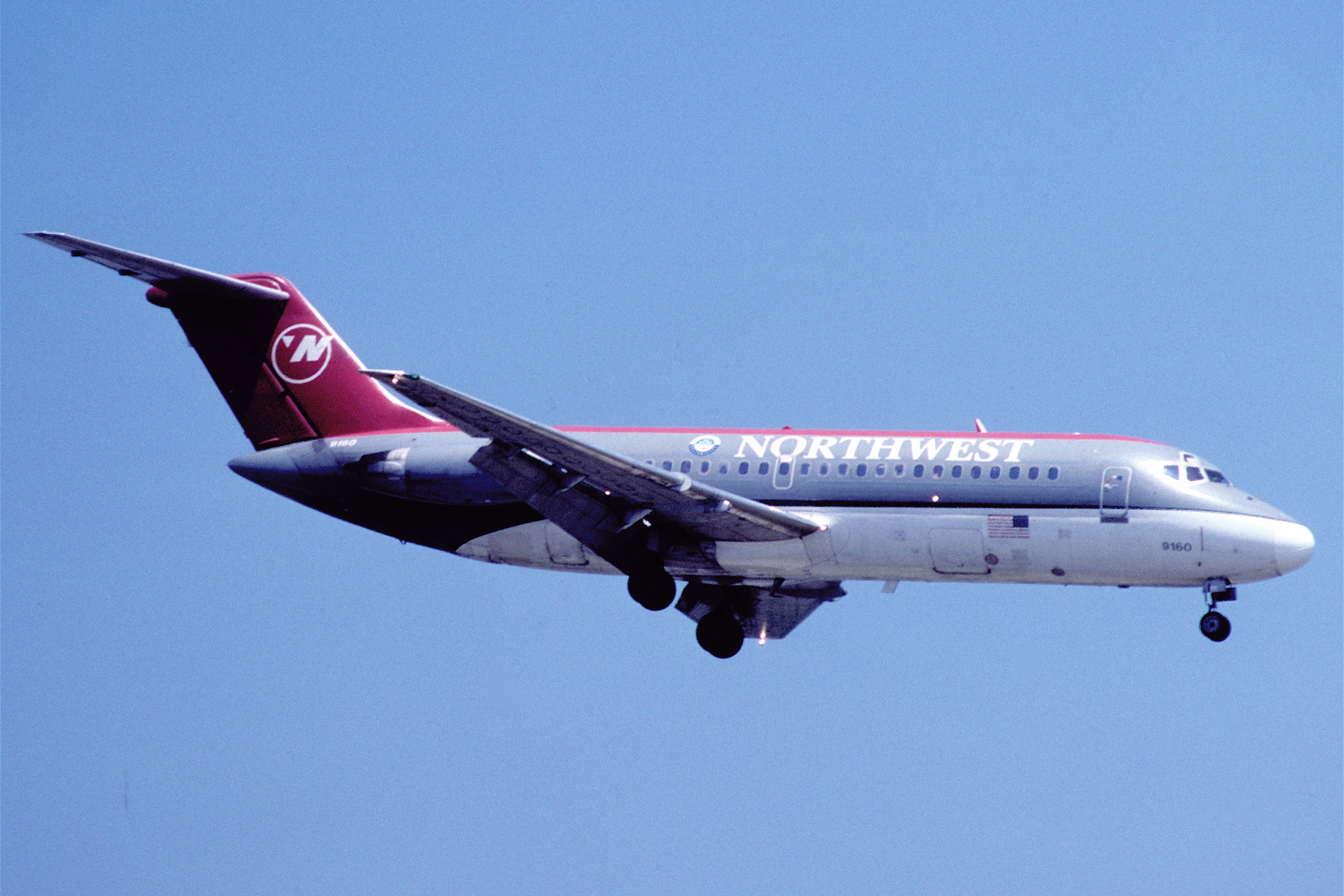
On take-off from Detroit, the McDonnell Douglas DC-9 operating Flight 255 on August 16th, 1987, did not have its flaps fully extended and struggled to gain altitude. As a result, it struck a light pole close to the end of the runway which caused the left wing to catch fire and disintegrate. The aircraft became uncontrollable and crashed, killing 154 people. Only one person onboard survived the crash – a four-year-old girl who sustained serious injuries.
6
Mexicana de AviaciĂłn Flight 940
167 fatalities
On March 31st, 1986, Mexicana de AviaciĂłn Flight 940 was flying from Mexico City International Airport (MEX) to Los Angeles International Airport (LAX) via Licenciado Gustavo DĂaz Ordaz International Airport (PVR) in Puerto Vallarta and Mazatlán International Airport (MZT).
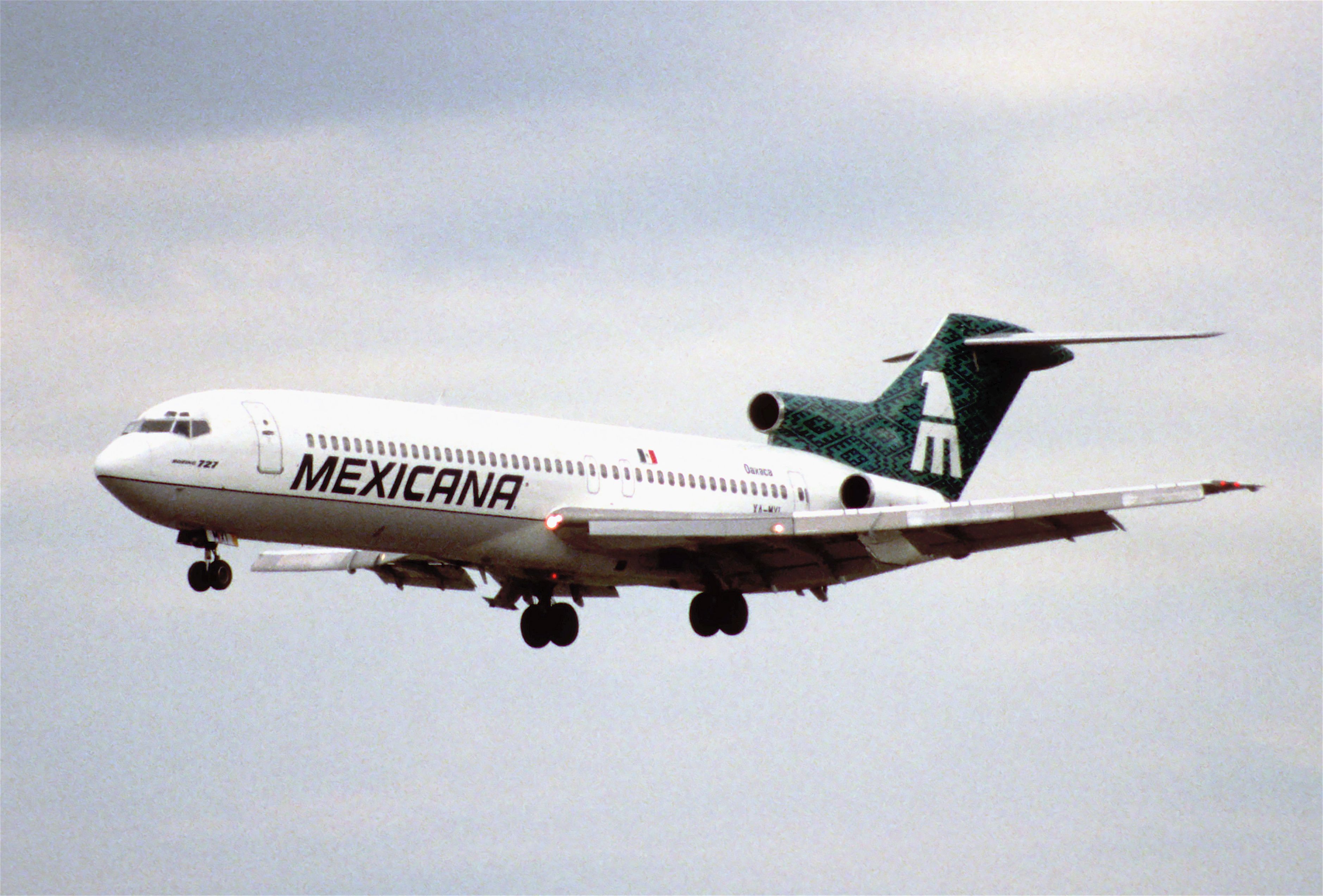
An inflight fire caused a loss of hydraulic and electrical systems, and the Boeing 727 crashed into the El CarbĂłn mountain just outside of Mexico City, killing all 159 passengers and eight crew members onboard. The incident remains Mexico’s deadliest air crash to this day.
5
Swissair Flight 111
229 fatalities
Swissair Flight 111 was a scheduled flight from New York John F. Kennedy International Airport (JFK) to Geneva Airport (GVA) in Switzerland. On September 2nd, 1998, the service was operated by a McDonnell Douglas MD-11 registered as HB-IWF.
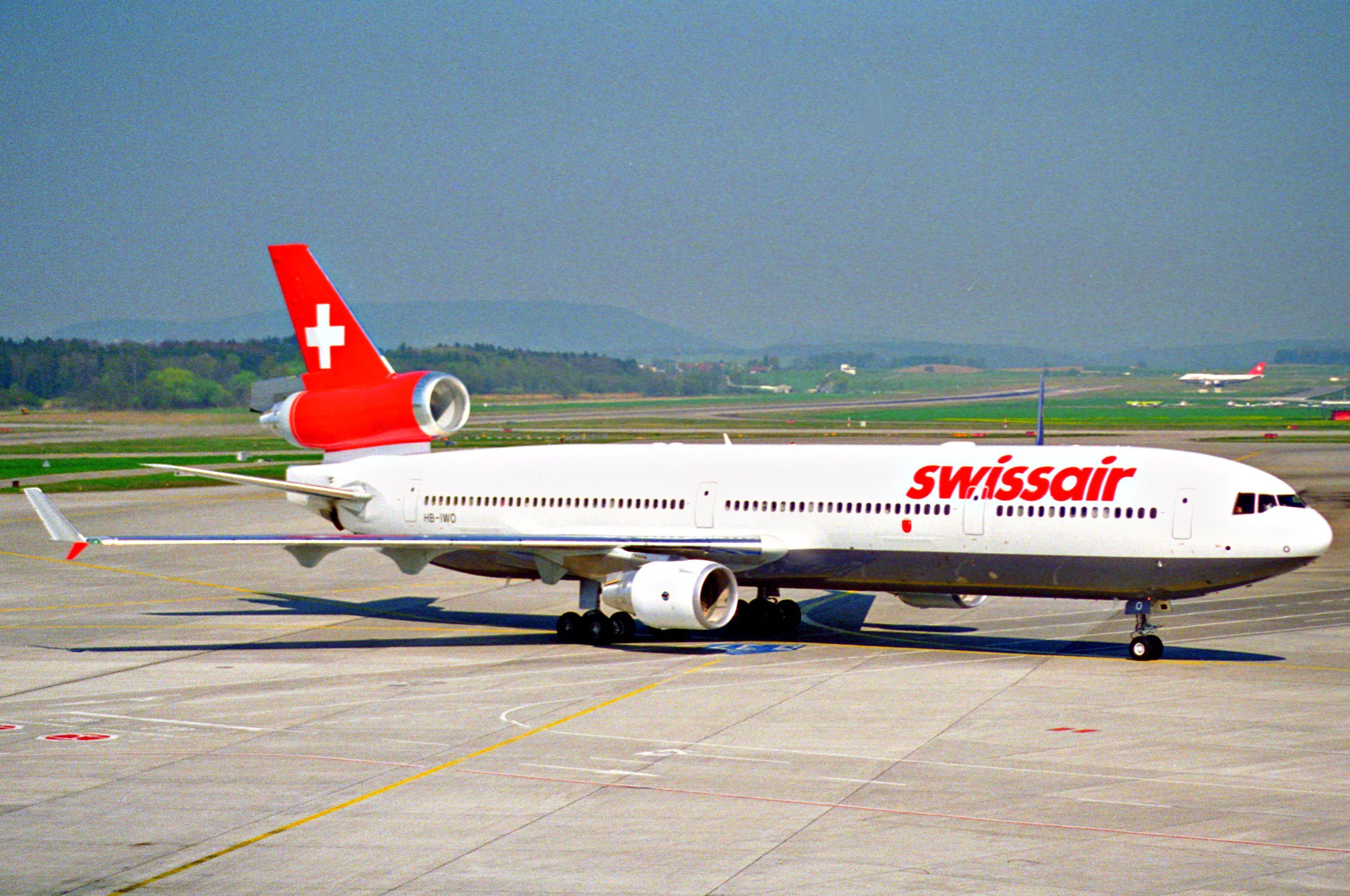
Just over one hour after take-off from New York, the McDonnell Douglas MD-11 plummeted into the Atlantic Ocean, killing all 215 passengers and 14 crew members onboard. The investigation by the NTSB concluded that an uncontrollable onboard fire was to blame.

You might also like:
Where In The World Are Airlines Still Flying Trijet Passenger Planes?
Despite their initial popularity, very few trijet aircraft remain in commercial service today.
4
Trans World Airlines Flight 881
230 fatalities
Just 12 minutes after take-off, the Boeing 747-100 exploded and crashed into the Atlantic Ocean off the coast of New York. The fuel tank under the center wing had exploded, causing the aircraft to break up mid-air.
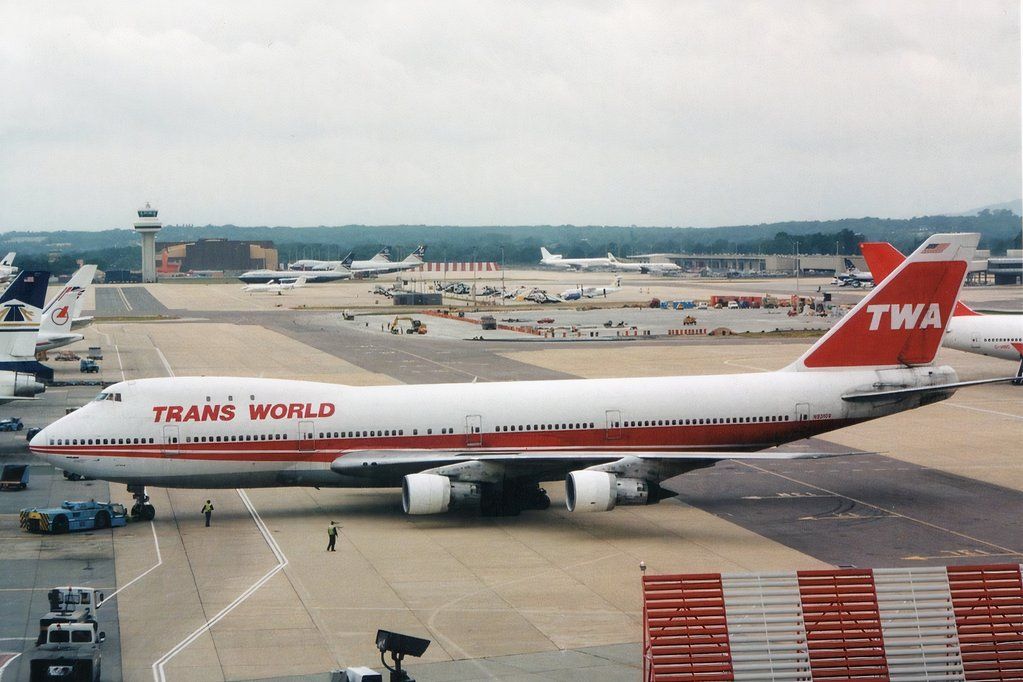
Despite initial concerns about terrorism, after a lengthy investigation, the NTSB concluded that no evidence of criminal activity had been found, and that the likely cause was a short circuit that had ignited flammable fuel vapors in the fuel tank. All 230 people onboard the stricken Boeing 747 were killed, in what is the fourth-deadliest air crash in North American history.
3
Arrow Air Flight 1285R
256 fatalities
Arrow Air Flight 1285R was a charter flight carrying US military personnel from Cairo, Egypt, to their home base in Fort Campbell, Kentucky on December 12th, 1985. En route, the flight had scheduled stops in Cologne, Germany, and Gander, Canada.
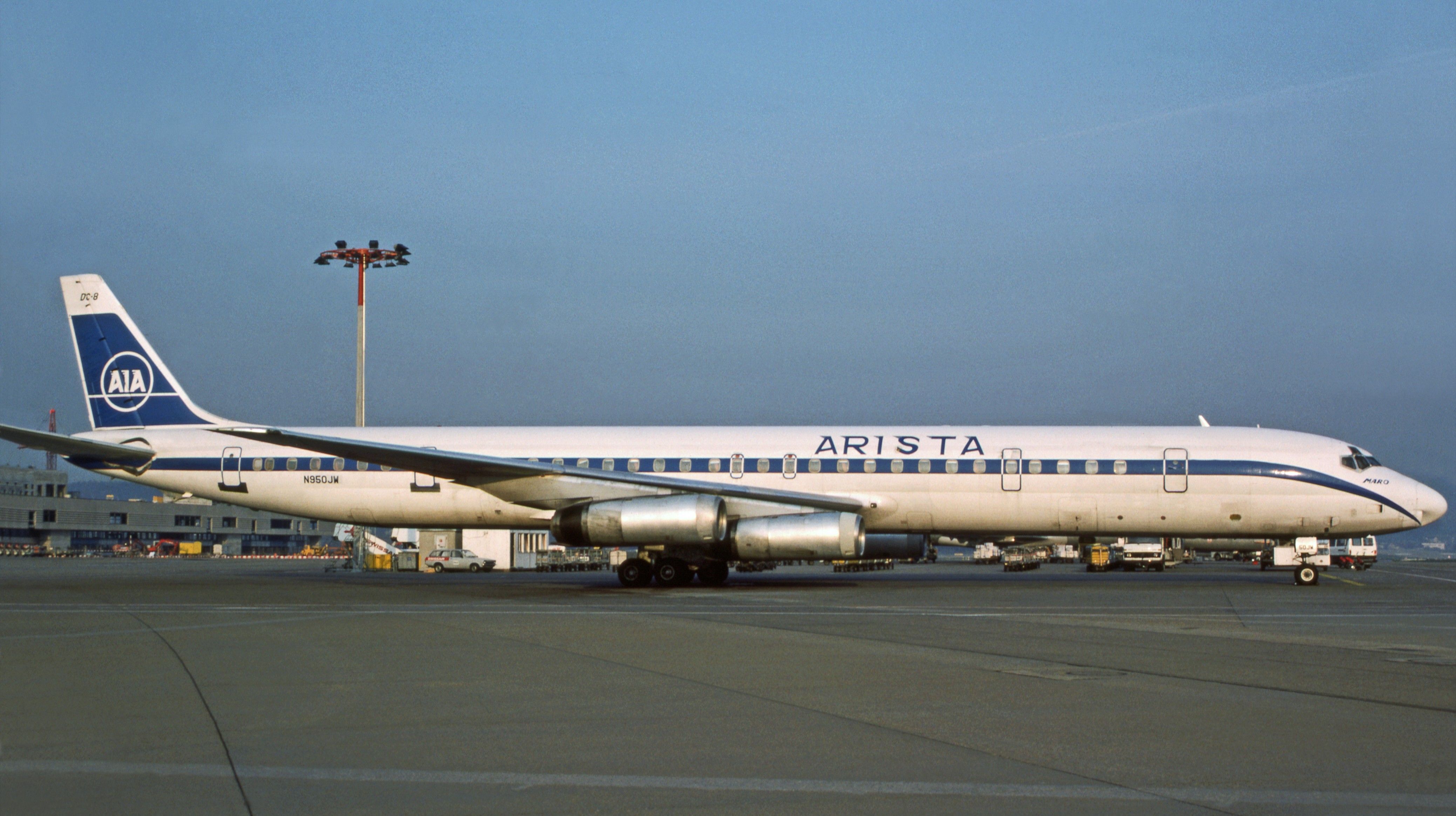
On take-off from Gander on the flight’s final leg, ice contamination on the wing led to unexpectedly high drag and reduced lift. This, coupled with an underestimated weight onboard, caused the aircraft to crash into an unoccupied building and explode. All 248 passengers and eight crew members onboard the McDonnell Douglas DC-8 were killed in what is Canada’s deadliest air crash, and the third-deadliest overall in North America.
2
American Airlines Flight 587
260 fatalities
On November 12th, 2001, the Airbus A300 operating American Airlines Flight 587 came down in the neighborhood of Belle Harbor, Queens just after take-off from New York John F. Kennedy International Airport (JFK). The flight was traveling to Santo Domingo Las Américas International Airport (SDQ) in the Dominican Republic. All 260 people onboard the aircraft were killed, in addition to five people on the ground.
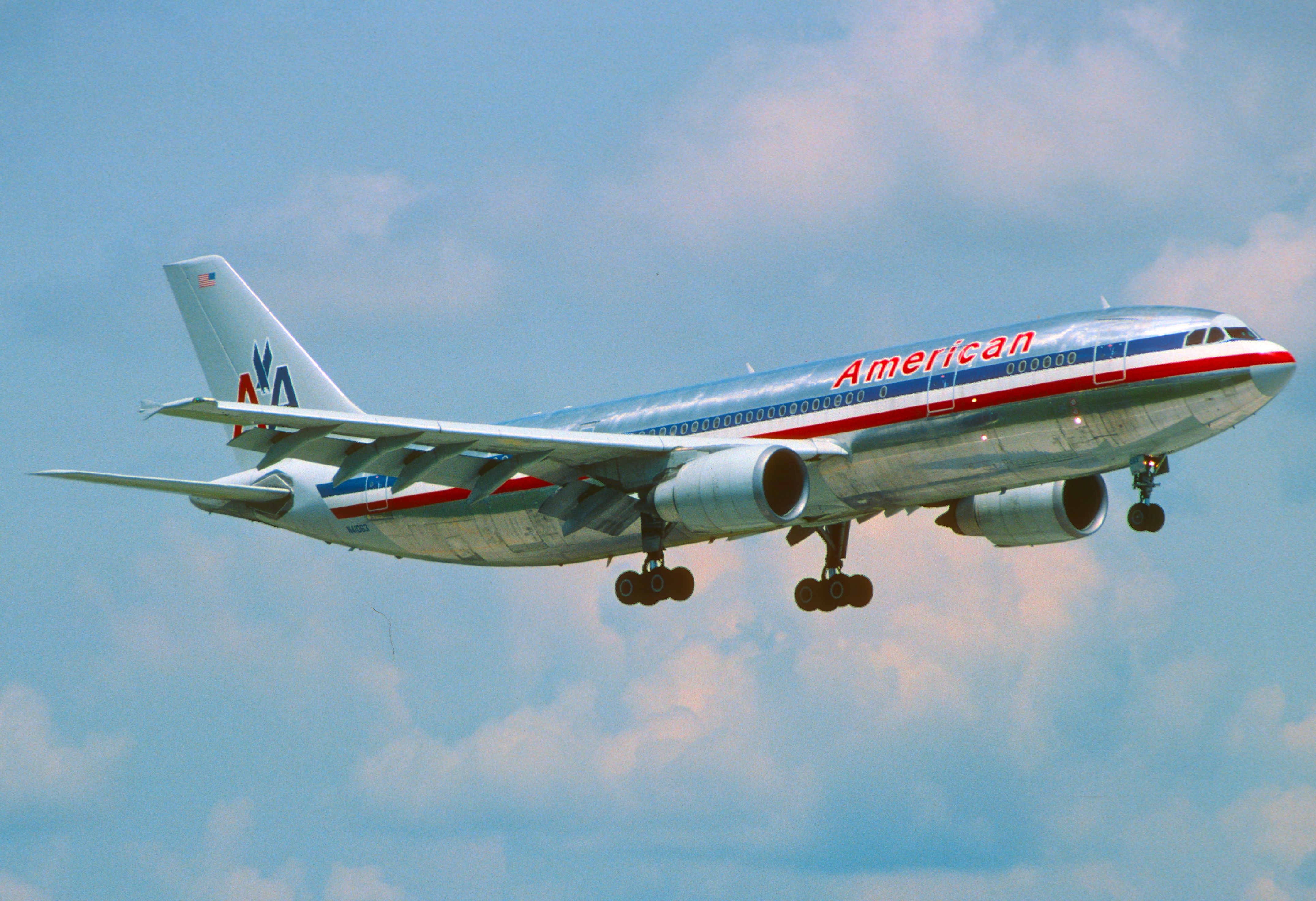
With the crash occurring just two months after the September 11th terrorist attacks, there were initial concerns about terrorist activity. However, the subsequent investigation concluded that overuse of the rudder in response to wake turbulence from a Japan Airlines Boeing 747-400 that had taken off just prior to Flight 587 caused the vertical stabilizer to separate from the aircraft, rendering it uncontrollable.
In a sign of how much safer the aviation industry has become in recent years, American Airlines Flight 587 is the only one of North America’s ten deadliest air crashes to occur this century. It is, however, the second-deadliest incident involving an Airbus A300, after Iran Air Flight 655.
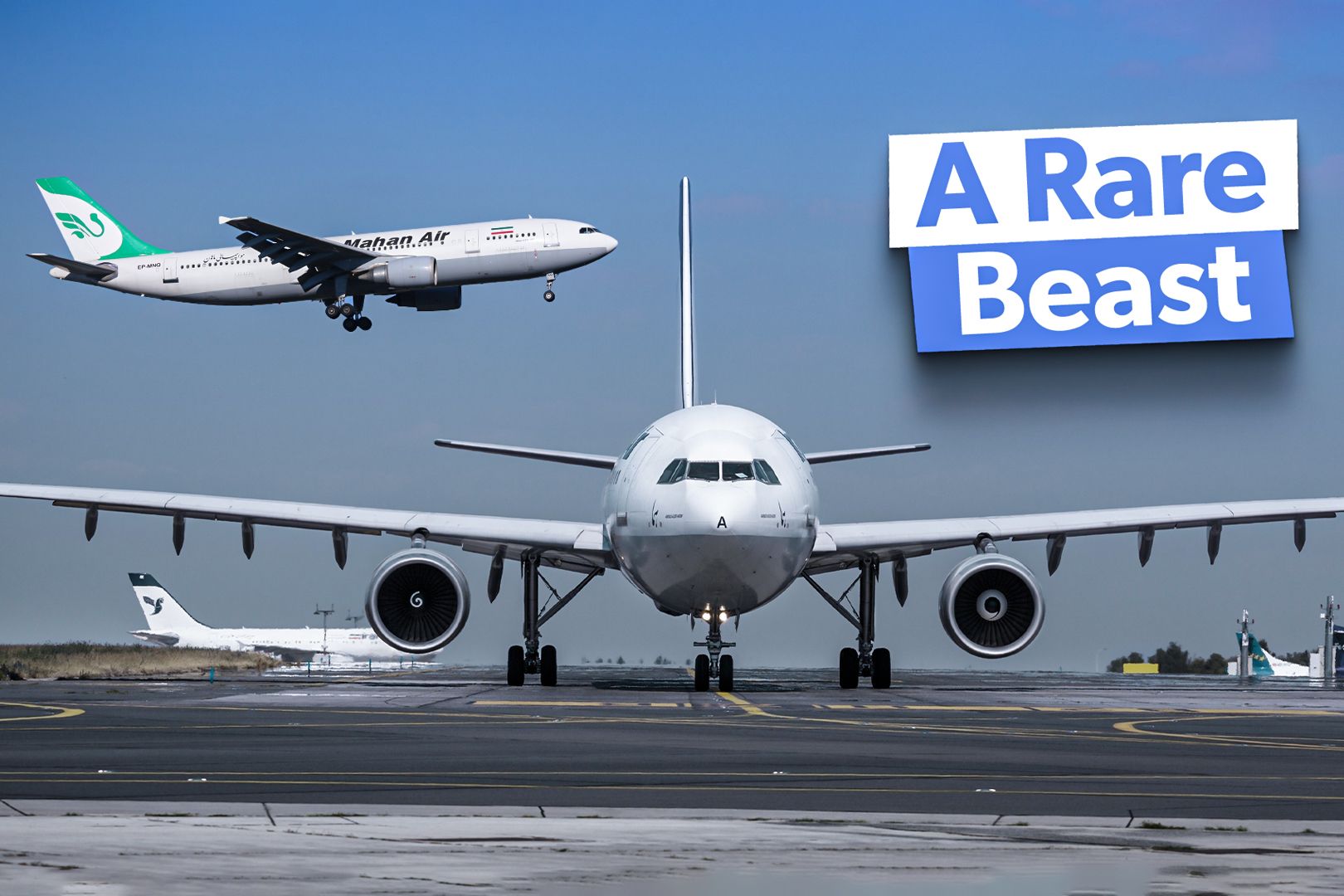
You might also like:
Airbus A300: These 5 Airlines Have Scheduled Flights With The Type This September
Contrary to popular belief the A300 still continues to fly high. Let’s find out where.
1
American Airlines Flight 191
271 fatalities
The deadliest air crash in North America occurred on May 25th, 1979, when American Airlines Flight 191 lost its left engine on take-off, making it impossible for the pilots to control the aircraft. The McDonnell Douglas DC-10-10 that was operating the flight, registered as N110AA, crashed around 4,600 ft from the end of the runway, killing all 271 people onboard and two people on the ground.
The McDonnell Douglas had previously been involved in two other high-profile safety incidents:
American Airlines Flight 96 in 1972
Turkish Airlines Flight 981 in 1974.
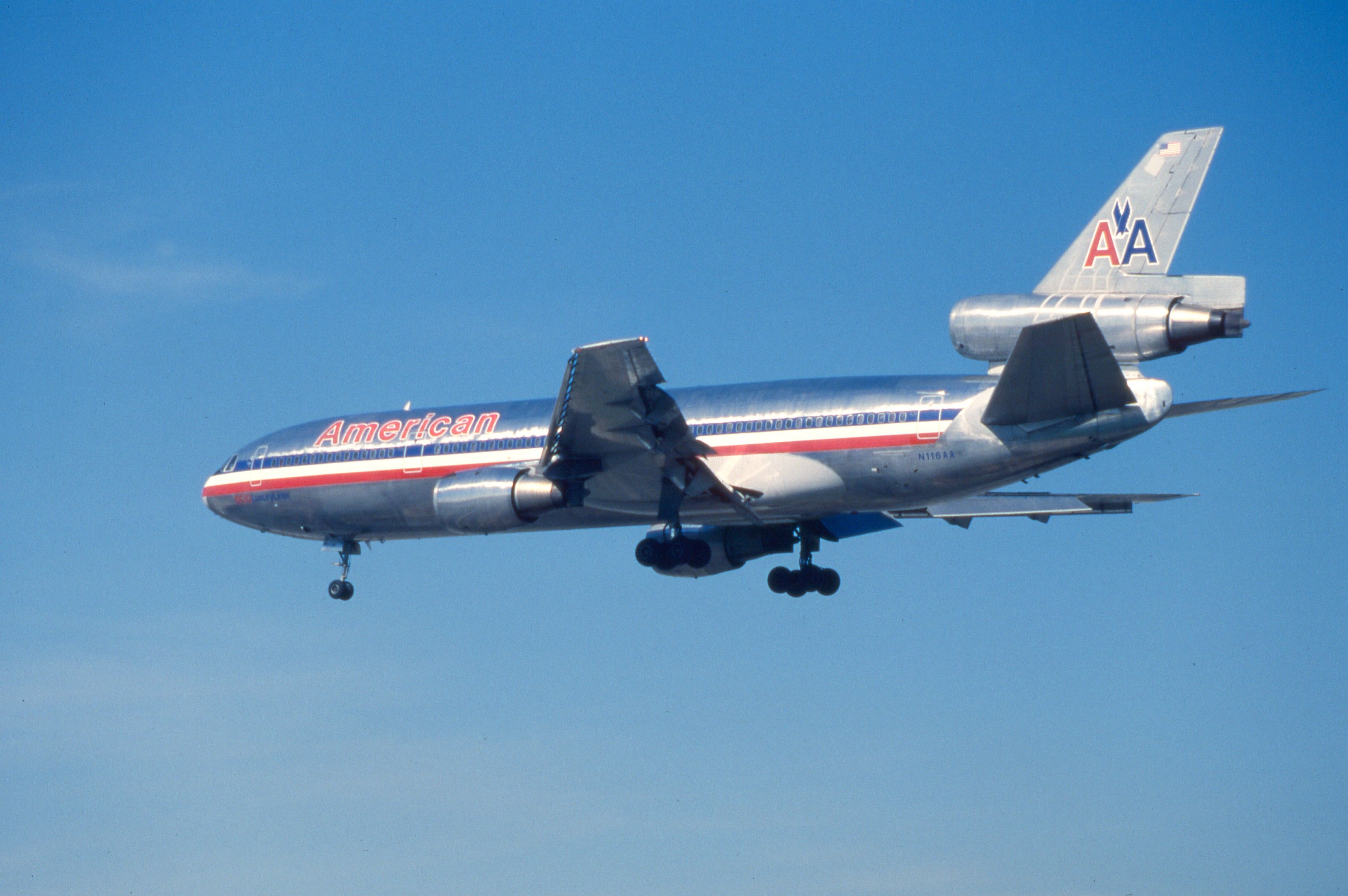
The ten deadliest air crashes in North America are summarized in the table below:
Date
Airline
Flight
Aircraft
Fatalities
May 25th, 1979
American Airlines
Flight 191
McDonnell Douglas DC-10-10
271
November 12th, 2001
American Airlines
Flight 587
Airbus A300
260
December 12th, 1985
Arrow Air
Flight 1285R
McDonnell Douglas DC-8
256
July 17th, 1996
Trans World Airlines
Flight 881
Boeing 747-100
230
September 2nd, 1998
Swissair
Flight 111
McDonnell Douglas MD-11
229
March 31st, 1986
Mexicana de AviaciĂłn
Flight 940
Boeing 727
167
August 16th, 1987
Northwest Airlines
Flight 255
McDonnell Douglas DC-9
154
July 9th, 1982
Pan Am
Flight 759
Boeing 727
145
September 25th, 1978
Pacific Southwest Airlines
Flight 182
Boeing 727
135
August 2nd, 1985
Delta Air Lines
Flight 191
Lockheed L-1011 TriStar
134
Source link : http://www.bing.com/news/apiclick.aspx?ref=FexRss&aid=&tid=67bcfadae4b844168d203713b08e017a&url=https%3A%2F%2Fsimpleflying.com%2F10-worst-us-airlne-crashes-show-flying-safer-today%2F&c=9129302565955006546&mkt=en-us
Author :
Publish date : 2025-02-24 09:00:00
Copyright for syndicated content belongs to the linked Source.

